DALL-E Dead Drops
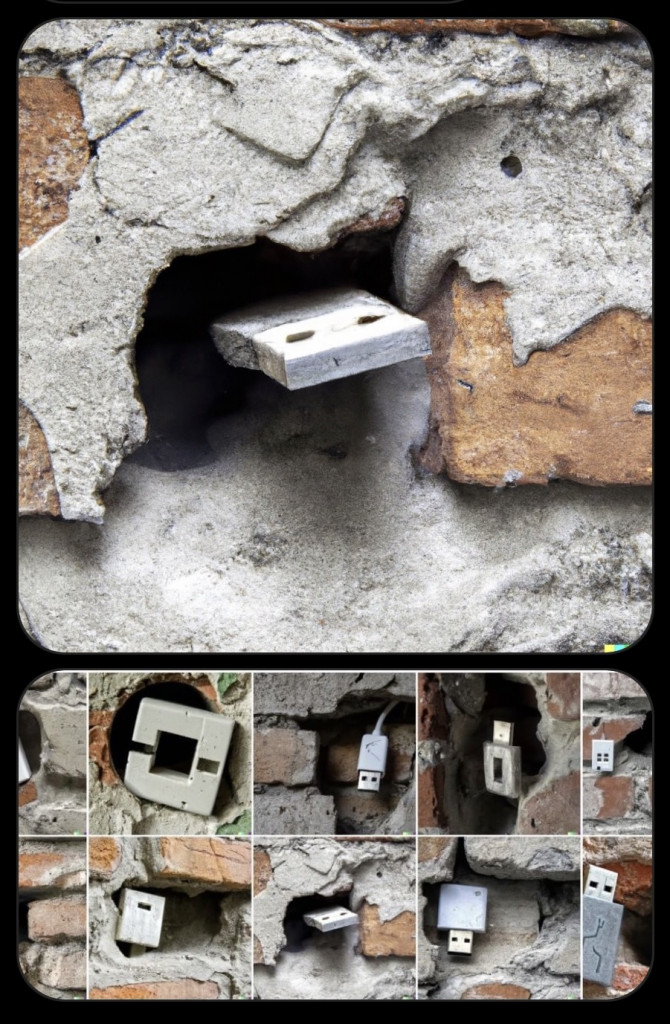
The artist Fabiola Larios described the Dead Drops to the AI picture generating system DALL-E.
It resulted in these generated pictures! 👏👏… love it! Thx! :))
Your smartphone is broken – and it’s not just a cracked screen. The problem is in the apps, the operating system, the hardware, and it affects your privacy, your health, and the health of our planet. During Dutch Design Week, visit the Fix Your Phone Shop by Waag Futurelab and learn what to do to fix it!
Killyourphone.com workshop at Fix Your Phone Shop
2024 Future Media FEST-Singularity Embracing the Dawn of the Singularity
In the heart of the 21st century’s digital revolution, technological advancements are reshaping human existence—our lifestyles, thought processes, and societal structures. Underpinning this transformation is the captivating concept of the Singularity, a theory both alluring and profound.
The Technological Singularity, as envisioned by mathematician and computer scientist Vernor Vinge in 1993, designates a pivotal moment when machine intelligence eclipses human intellect. This event is predicted to trigger an exponential surge in technological progress, irrevocably altering the trajectory of civilization. The academic community further understands the Singularity as an inflection point where artificial intelligence reaches a certain threshold, catalyzing a cascade of technological disruptions and an “intelligence explosion.”
What is the Ruhr area? An exciting metropolitan region centred around the major cities of Dortmund, Essen and Duisburg? Or a collection of scattered towns and villages from Alpen to Xanten? Or both? Does it consist of tranquil river landscapes along the Ruhr, Emscher and Lippe or is it hopelessly damaged by the scars of heavy industry? Ruhrpott, example of transformation, poverty zone – how can art open up, change and enrich this diverse region?
Urbane Künste Ruhr wants to find out and is launching the Grand Snail Tour in autumn, an artistic-performative journey through all 53 cities in the Ruhr region. Because this is an ambitious endeavour and Urbane Künste Ruhr has set itself the goal of getting to know local players, forming bonds and establishing sustainable networks, this is a three-year project.
Kick-off Grand Snail Tour in Xanten
Urbane Künste Ruhr is launching the Grand Snail Tour in autumn, an artistic-performative journey through all 53 cities in the Ruhr area. The kick-off event will take place on 26.9. in Xanten.
Staged at the UNESCO World Heritage Site Völklingen Ironworks, the Urban Art Biennale is one of the world’s largest exhibitions of this anarchic form of art. Departing from a conventional white cube aesthetic, the entire site of the Völklingen Ironworks is given over to a fruitful dialogue with an art form that has evolved from street art or graffiti. Established in 2011, the 2024 edition will focus on participatory urban art projects as well as political works in situ.
The World in My Hand explores the smartphone as both object and aesthetic inspiration for artistic creation. It comments on public debates surrounding the many uses of smartphones: from always-on media consumption to digital detox, from swiping and matching to ghosting and blocking, from language atrophy to information overload, from resource depletion to status symbol.
The curators, Dr Jörg Garbrecht and Katharina Wenkler, have chosen a narrative approach to the exhibition. In eight chapters, they summarize various aspects and debates surrounding the smartphone, ranging from the launch date of our daily digital companion to its characteristic touchscreen and the contractions of time and space it enables. Deeply personal moments – such as Ai Weiwei’s selfie at the moment of his arrest or Sergey Melnitchenko’s photograph of his son during a blackout in Kyiv – appear alongside themes of perception and presentation of the self, as realized in the glass sculpture Stability by Julija Pociūtė. Other subjects include: looking for love online, as in Ariane Forkel’s Casanova’s Kabinett or John Yuyi’s Tinder Match; the complexities and pitfalls of digital communication, for example in the works of James Akers or Alejandra Seeber; and the smartphone as a means of staying in touch during pandemic lockdown isolation, for instance in the work of George McLeod. Edward Burtynsky’s photograph of lithium mines in the Atacama Desert calls attention to the topic of raw materials for electronic devices.
With works by:
Tornike Abuladze, James Akers, Ai Weiwei, Kate Baker, Aram Bartholl, Tillie Burden, Edward Burtynsky, Yvon Chabrowski, Julia Chamberlain, Rachel Daeng Ngalle, Erwin Eisch, Ariane Forkel, Shige Fujishiro, Valentin Goppel, David Horvitz, Artem Humilevskyi, Gudrun Kemsa, Zsuzsanna Kóródi, Brigitte Kowanz, George McLeod, Sergey Melnitchenko, Jonas Noël Niedermann, Julian Opie, Cornelia Parker, Katie Paterson mit Zeller & Moye, Julija Pociūtė, Rebecca Ruchti, Karin Sander, Jeffrey Sarmiento, Alejandra Seeber, JanHein van Stiphout, Jolita Vaitkute, Sascha Weidner, John Yuyi, Jeff Zimmer
Die Stiftung Springhornhof wurde gegründet, um das Lebenswerk der 1998 verstorbenen Ruth Falazik weiterzuführen. Als Galeristin hat sie bereits in den 1960er Jahren aus dem historischen Spring hornhof einen Ort für zeitgenössische Kunst ge macht. Als spätere Kunstvereinsleiterin gelang es ihr, namhafte internationale Künstlerinnen und Künstler in das Heidedorf zu locken, um neue Werke im Dialog mit Natur und Landschaft zu entwickeln.
Die obere Etage gehört den Künstlerinnen und Künstlern des Ensembles von mittlerweile mehr als vierzig frei zugänglichen Skulpturen und Installa tionen, das vom Springhornhof stetig weiter ent wickelt wird. Großzügig haben sie Fotografien, Skulpturen und Objekte für den Verkauf zugunsten der Arbeit der Stiftung zur Verfügung gestellt. Die Schau führt eindrucksvoll vor Augen, welche Band breite künstlerischer Positionen die Neuenkirchener „KunstLandschaft“ mittlerweile umfasst:
Elmgreen & Dragset, Rupprecht Matthies, HAWOLI, Gabriela Albergaría, Hartmut Stielow, Mutter/Genth, Martin Reichmann, Kaori Tomita, Verena Issel, Aram Bartholl, Ulrich Eller, Harald Finke, Stefan Kern, Micha Ullman, Rolf Jörres, Timm Ulrichs, Christiane Möbus, Volker Lang, Carl Vetter, Anna Guðjónsdóttir, Will Beckers, Gisela von Bruchhausen und viele mehr.
ʟᴏ ᴀɴᴅ ʙᴇʜᴏʟᴅ, ɪᴛ’ꜱ ᴛɪᴍᴇ ꜰᴏʀ ʟᴏᴡ ʀᴇꜱᴏʟᴜᴛɪᴏɴ. Postmasters 5.0 and TRANSFER present a show within a show to celebrate the finissage of ‘High Resolution’ on October 19th, 6-9PM 🗓️
🎥 LOW RESOLUTION GIF SCREENING 🎥
Shiny renders, ‘poor images’, generative art, and everything in between – ‘Low Resolution’ features looped moving images from the internet and beyond, screening for one night only in SoHo.
Featured Artists: @pr_x_s @anamariacaballero @arambartholl @auriea.harvey.studio @danieltemkin_ @fabiolalariosm @asugarhigh @joemckay5 @mrkdrf @machewtops @mayaontheinternet @yoururgetobreatheisalie @moisesdsanabria @made.by.oona @rodellwarner @rothbergrothberg @sashastiles @fakeshamus @nihil_diamond @taramoves @travisleroysouthworth @pipizzy02 + more announced soon.
Join us for an evening of Animated GIFs from invited artists in the expanded community around ‘High Resolution’ to celebrate the close of the exhibition.
🎥 Sneak peek 👀 a special contribution from Auriea Harvey ‘Madame Archive’ 1996-1999 a sequential archive of the GIF the artist used online on Entropy8.com in the 90s
RSVP link in bio 🔗
https://lu.ma/q9mrjdnm
Postmasters 5.0 and TRANSFER
are excited to present a collaborative exhibition
It’s high time for High Resolution.
As the much needed antidote to a week of overwhelmingly static art at the fairs and the season opener shows, Postmasters 5.0 and TRANSFER will present a large-scale collaborative exhibition of digital art.
High Resolution will include several classics by pioneers of time-based media art shown along the hot-from-the-studio works by the new generation of digital artists. This high resolution, high energy, high bar exhibition will center around current ideas and technologies befitting 2024 and looking forward.
Tamas Banovich and Magda Sawon of Postmasters 5.0 and Kelani Nichole of TRANSFER are veterans who do not think like veterans.
with:
GRETCHEN ANDREW
VUK ĆOSIĆ
DAMJANSKI
CARLA GANNIS
HUNTREZZ JANOS
MARTA KUCSORA
LOVID
JENNIFER & KEVIN McCOY
ROSA MENKMAN
LORNA MILLS
EVA PAPAMARGARITI
FRANK WANG YEFENG
special appearance
ARAM BARTHOLL
For Berlin Art Week, the non-profit organisation Flussbad Berlin will be presenting the exhibition and auction “50 Für Bad Berlin” in the Red Salon of the Bauakademie. Fluss Bad Berlin is a civil society initiative for urban development committed to making swimming possible in the Spree Canal and, in the long run, in other sections of the Berlin Spree.
“50 Für Bad Berlin” will present works by mostly Berlin-based artists and architects who show solidarity with the objectives of the Fluss Bad Berlin project and the team behind it. They advocate a sustainable development of Berlin for the common good. They oppose the tendency to restrict for ideological reasons the debate on the future of the city (centre) to the historicising reconstruction of the Berlin of the early 20th century and the attempt to appropriate “art and culture” for that purpose. They want to emphasise instead that art and culture are closely linked to development initiatives such as Fluss Bad Berlin, which promote a more social, ecological, sustainable, and futureproof urban development.
While the works on display cover a wide range of types and techniques, they all relate to themes the Fluss Bad project addresses: for instance, in their interpretation of the essential significance of water for our world and for life, and the diverse relationships between humans and the element. They analyse the sensory, political and technical significance of water as a cultural asset, and the meaning of a free and equal access to it. They remind us that the river belongs to the city, that everyday culture belongs to high culture, and that the city is shaped by social values, which –at the same time– it is capable to mediate.
All of the pieces shown at the “50 Für Bad Berlin” exhibition will be auctioned on September 12.
List of participating artists:
Rosa Barba, Barkow Leibinger, Aram Bartholl, John Bock, Stefanie Bürkle, Thomas Demand, Oswald Egger, Olafur Eliasson, Elmgreen & Dragset, Estudio Herreros, Nina Fischer & Maroan El Sani, Simon Fujiwara, Filomeno Fusco & Victor Kégli, Graft, Katharina Grosse, Esra Gülmen, Asmund Hansteen-Mikkelsen, Annette Hauschild, Heide von Beckerath Alberts, Robert Hermann, Katharina Hinsberg, Moon Hoon, Bjarke Ingels, Inges Idee, Christian Jankowski, Peter K. Koch, Annette Kisling, Mischa Kuball, Götz Lemberg, Susanne Lorenz, Regula Lüscher, Maciej Markowicz, Maix Mayer, Jürgen Mayer H, Bjørn Mehlhus, Fernando Menis, Christian Möller, Olaf Nicolai, Lewis Pugh, Raumlabor, realities:united, Anselm Reyle, Shirin Sabahi, Michael Sailstorfer, Karin Sander, Tomás Saraceno, Sauerbruch Hutton, Erik Schmidt, Something Fantastic, Carlo Stanga, Wolfgang Tillmans, Clement Valla x Certain Measures, Michael Wesely, Haegue Yang, Tobias Zielony
14:00 – 16:00
Killyourphone is an open workshop format. Participants are invited to make their own signal blocking phone pouch. In the pouch the phone can’t send or receive any signals. It is dead! This workshop was run for the first time at the Chaos Communication Congress in Hamburg end of 2013.

The artist Fabiola Larios described the Dead Drops to the AI picture generating system DALL-E.
It resulted in these generated pictures! 👏👏… love it! Thx! :))
@arambartholl dead drop on Elementary 🙂 pic.twitter.com/BslUrpBKrv
— Theodore Watson (@theowatson) https://twitter.com/theowatson/status/793612879928885248 November 2, 2016
Thanks to Jonah Brucker-Cohen & Theo Watson for pointing out the appearance of a Dead Drop in the TV show ‘Elementary‘. Cool! 🙂
Dead Drops
at Palais de Tokyo, Paris
24/06/2015 – 13/09/2015
Intervention on the building.
Four Dead Drops are installed in different places of the museum. Visitors are invited to bring a laptop to connect to them.
“From the very beginning, I always encouraged people to leave their art on there. Especially for the MoMA dead drops, I made this blog post like, ‘If you want to be able to claim you had art in the MoMA, you can just go now and put something on there’.” Aram Bartholl
Dead Drops is a participative project started in 2010 by German multi-media artist Aram Bartholl. A dead drop or dead letter box is a term from the field of espionage and designates a method used to transmit information or items at a secret location. This anonymous peer to peer file-sharing network is based on USB keys cemented into a wall or other support in public space. The GPS coordinates of the site are then posted on the Dead Drops website. Each dead drop is installed empty except for a simple text file explaining the project. Users are invited to share documents, pics, digital works, films or whatever suits their fancy. A computer with a USB port is the only thing needed to connect to the not interconnected network. After having installed and referenced the first five dead drops in New York and on the web, Bartholl’s project unexpectedly took off, spreading internationally. As of May 2015, over 1520 Dead Drops had been submitted to deaddrops.com. Aside from its crazy concept, the project tries to rematerialise the dematerialised world of computers. Following the revelations by Edward Snowden, at a time when clouds and the debate on internet censorship and privacy have become hot topics, this project is now more then ever front and center on the political stage.
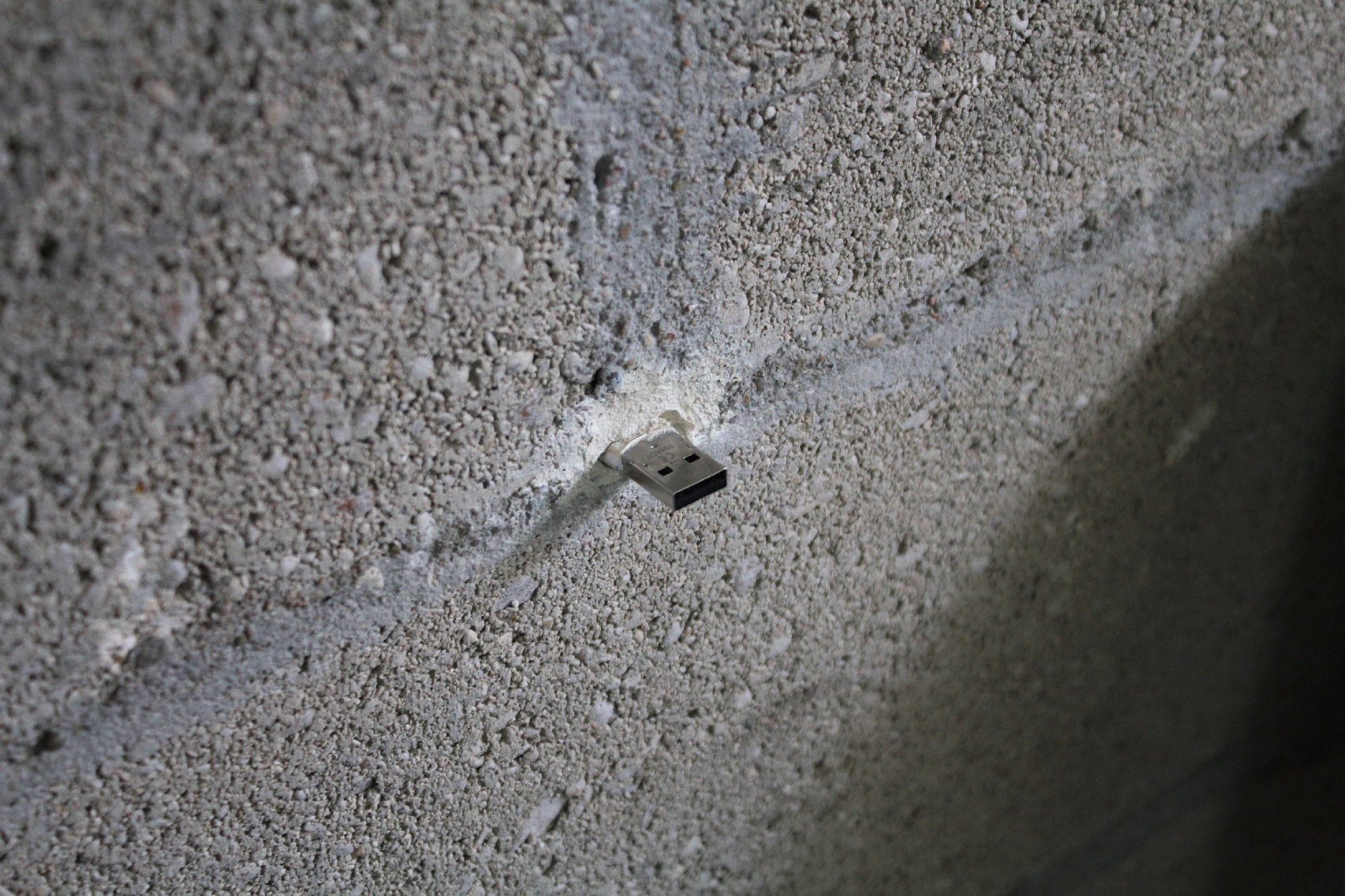
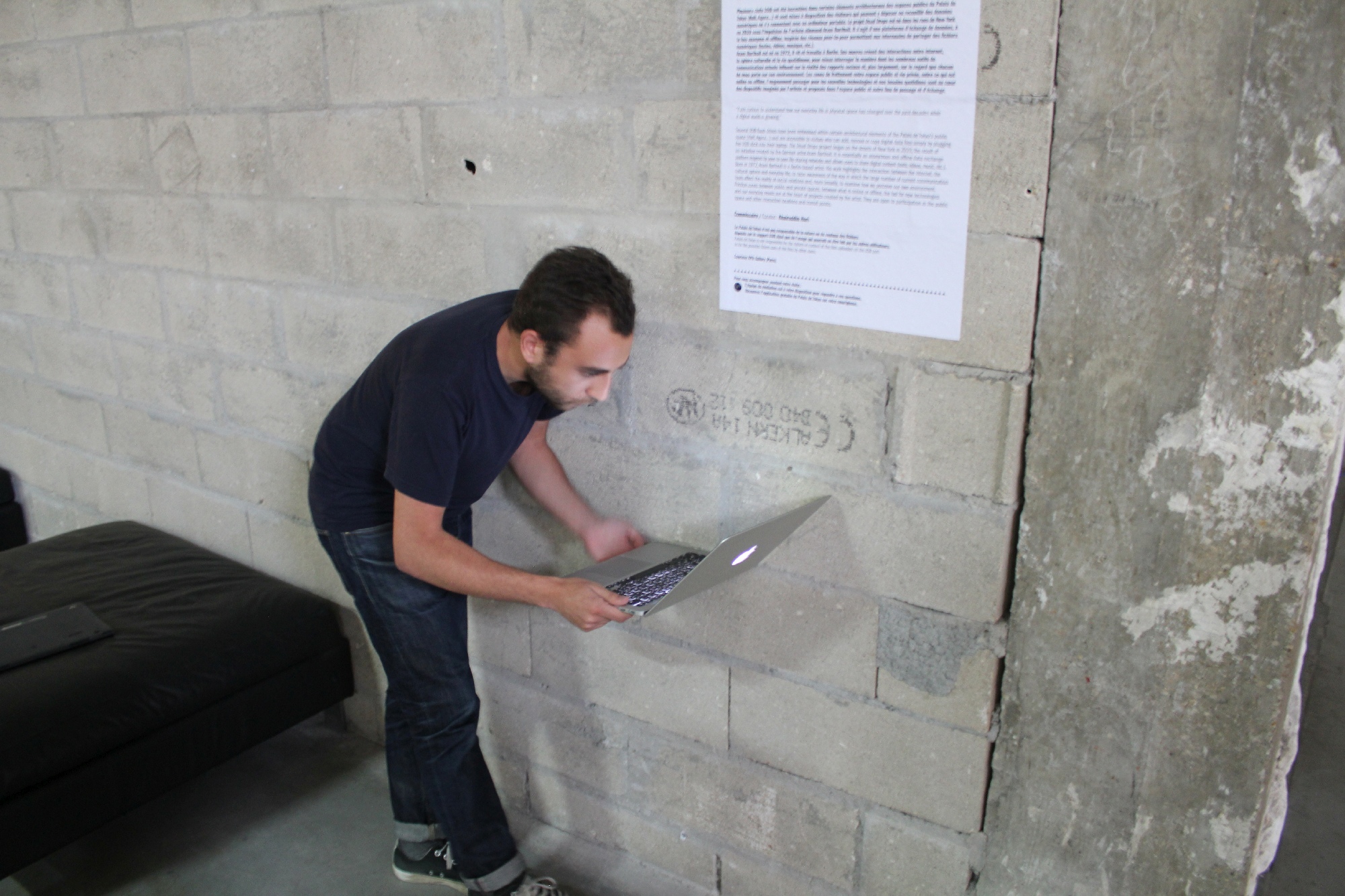
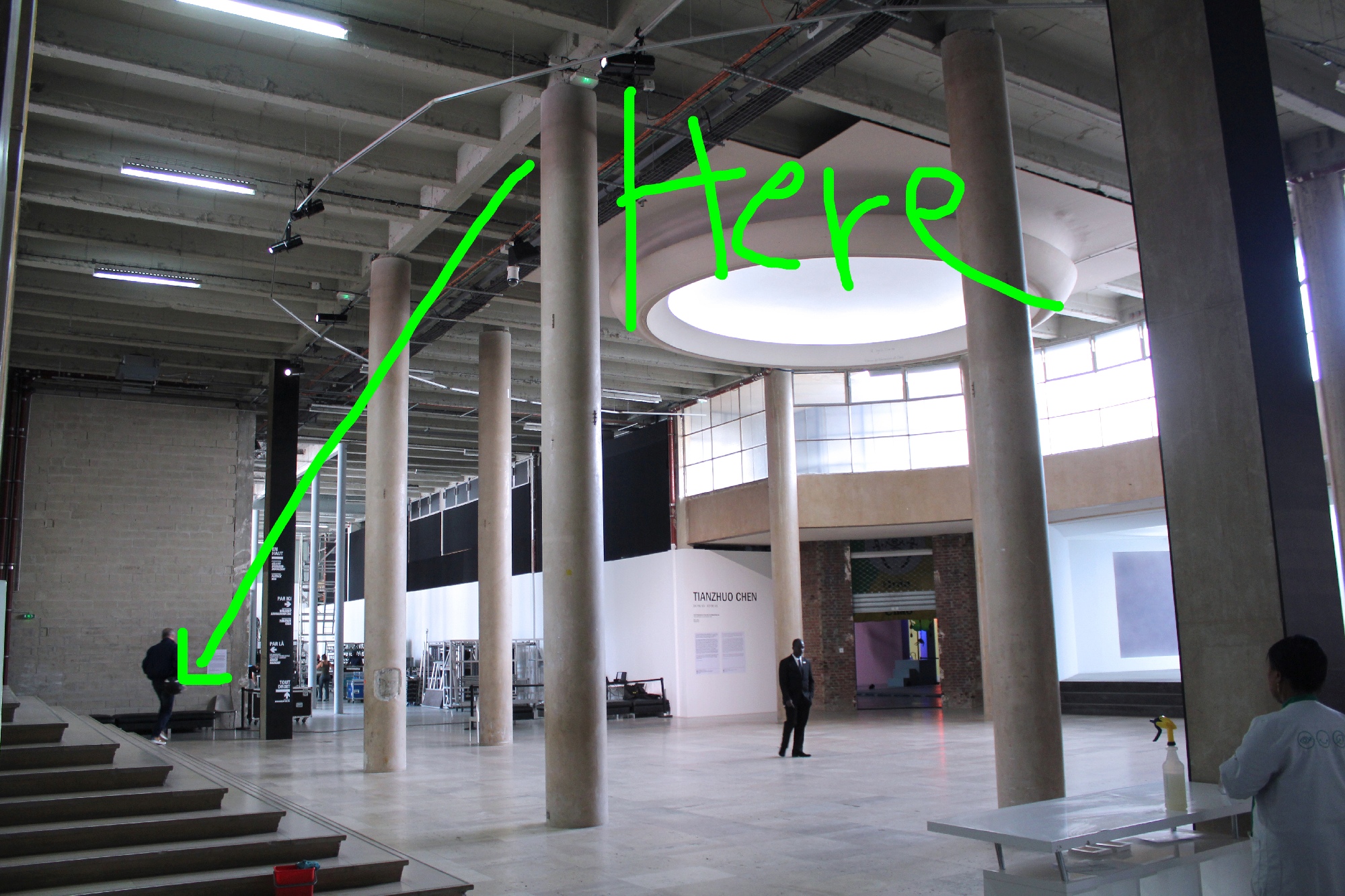
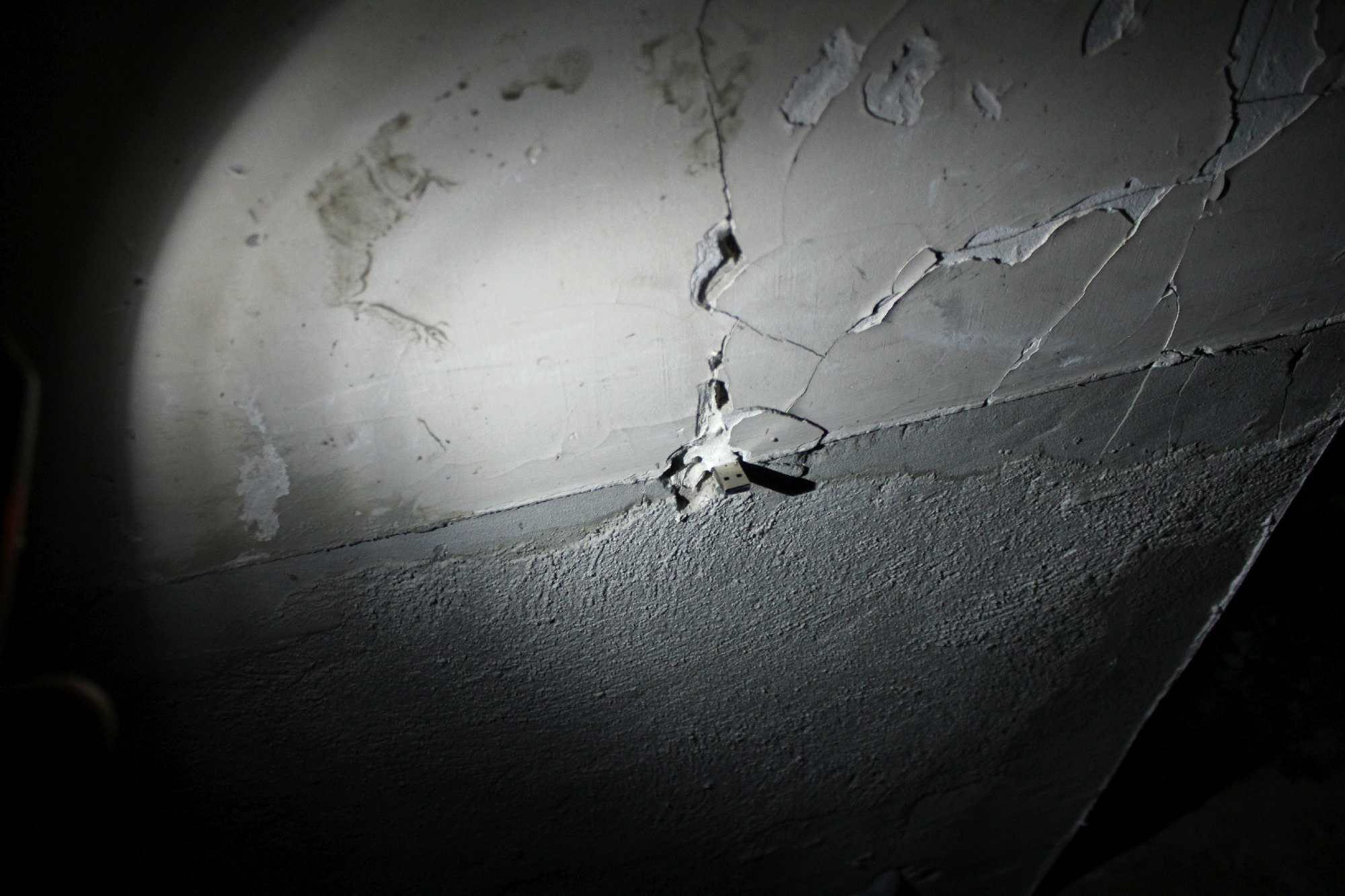

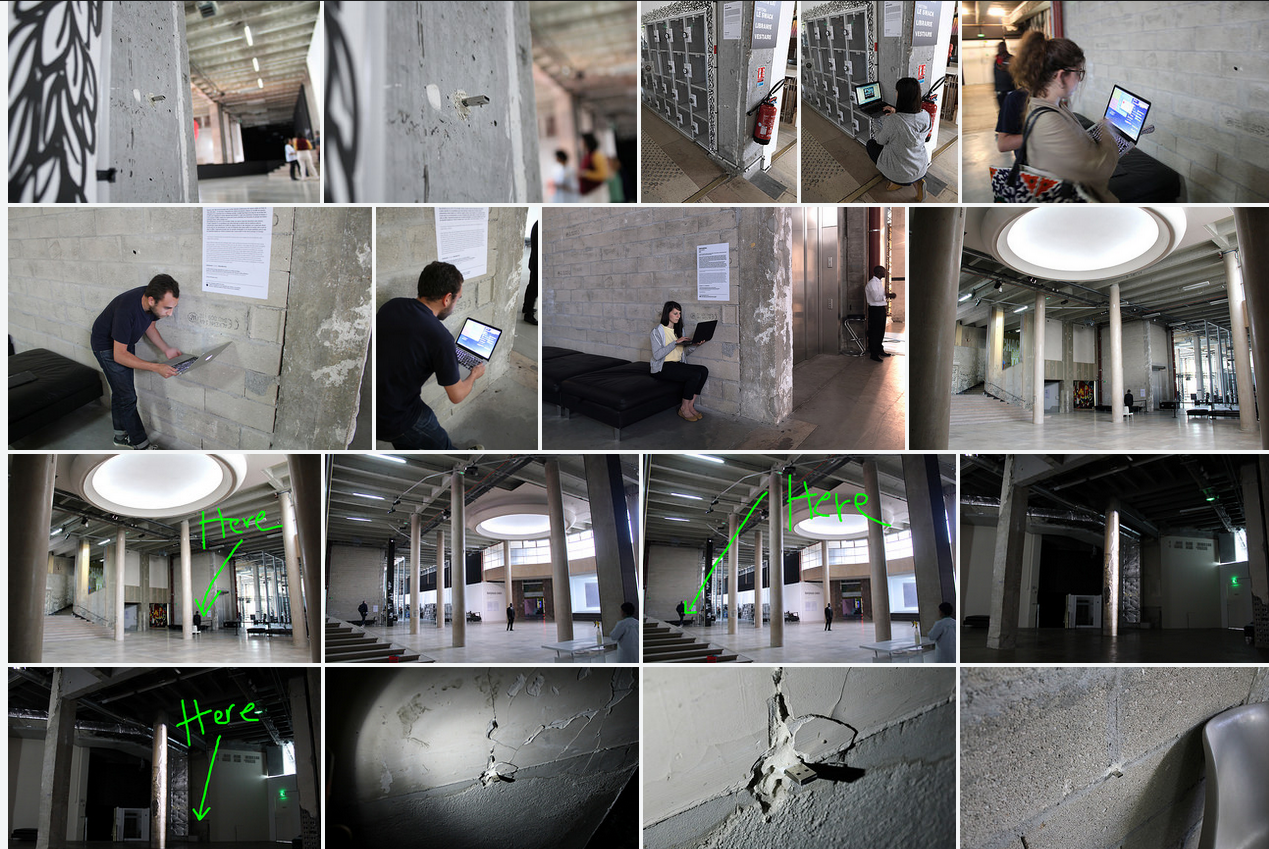
more pictures on flickr
Links for all four Dead Drops: